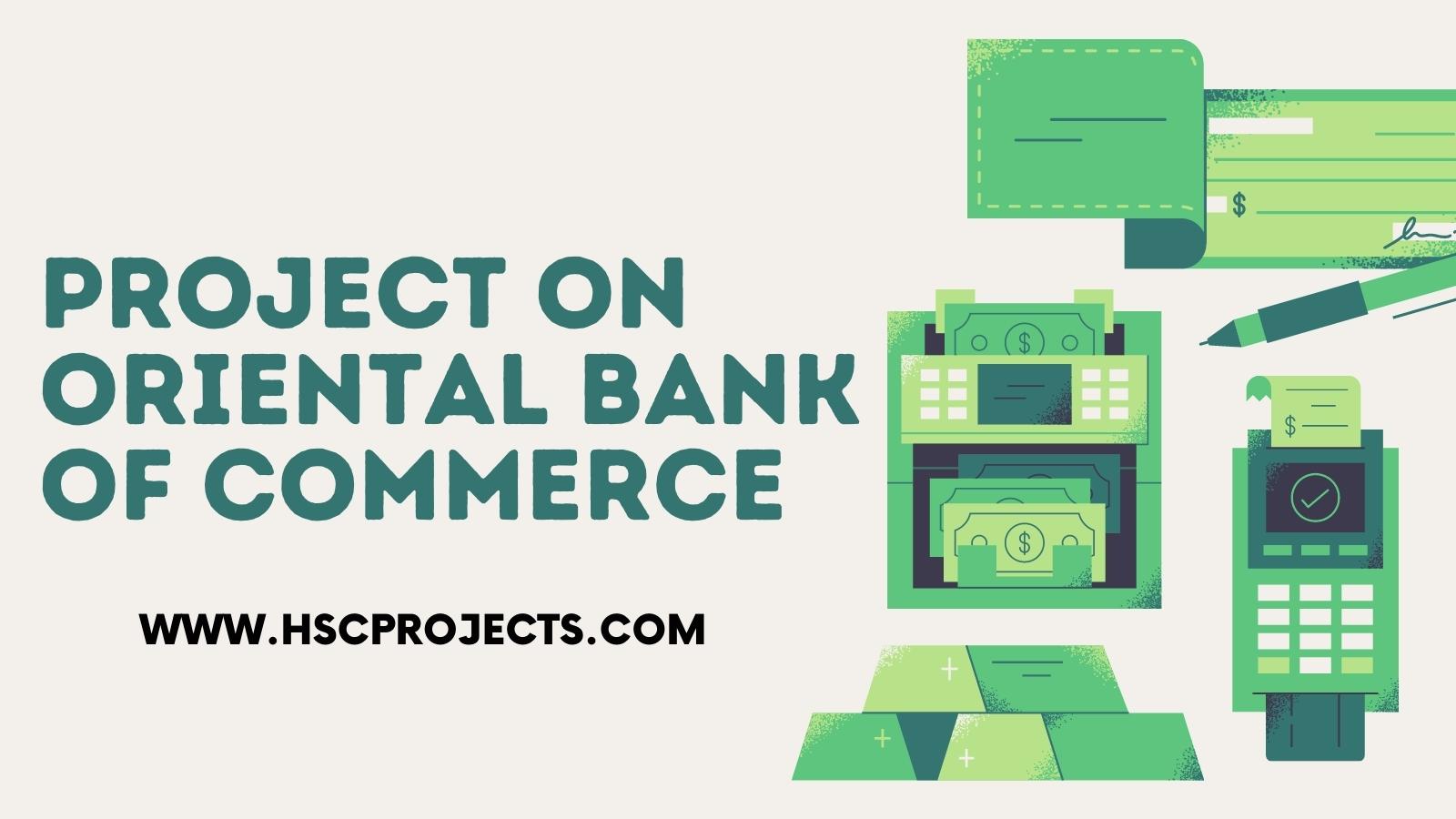
A Study On Competency Mapping And Competency Assessment At Suguna Poultry Farm Ltd
Introduction
Today’s competitive and uncertain business scenario has urged organizations to change the way they have been creating value and conducting business. “Survival of the fittest” is the theory that defines the winners in business, today. The shifting business paradigm is forcing organizations to reformulate their business strategies so as to include, issues of human assets, as one of the key components. It has become essential for organizations to design a kind of people management that would act as a key to business success.
Thus, the new world of work, is reinventing Human Resource Management (HRM) to capitalize on employees’ talent rather than force-fitting employees into a “job box” and this has been facilitated by making ‘job competency – a key element of human capital’, the foundation for all Human Resource (HR) efforts. Today, the move is towards a measurable, objective, and competency-based HRM – a new way of defining and assessing the hard-to-measure traits, or otherwise, the soft skills of employees.
Since their introduction two decades ago, competency models and competency-based Human Resource Management have become the best practice of business-focused HR processes for thousands of businesses. Competencies have stood the test of time and are now required for organizations seeking to integrate their HR practices with the strategic and operational needs of business.
What Are Competencies?
“Competencies are the characteristics of a manager that lead to the demonstration of knowledge, skills, and abilities, which result in effective performance within an occupational area. Competency also embodies the capacity to transfer skills and abilities from one area to another”. – Hogg B, 1989.
An analysis of the definition reveals:
- Competencies are the characteristics of a manager. This goes along with our premise that competency is a characteristic of a person.
- Competencies lead to the demonstration of skills and abilities. Therefore, competency must be demonstrated and hence must be observable. It must not be inferred or extrapolated.
- Competencies must lead to effective performance. This means that the performance of a person with competency must be significantly better than that of a person without it. Competency thus refers to behavior, differentiating success from merely doing the job.
- Competency also embodies the capacity to transfer skills and abilities from one area to another. A salesperson may be able to deliver his sales pitch flawlessly but may be tonguetied elsewhere. He lacks the competency of ‘communication’. Thus competencies cannot be restricted to a single job alone but the person must be able to carry them along. This dispels the need to differentiate between generic and functional competencies since this part of the definition excludes functional competence, which is associated with a particular job.
Title – A Study On Competency Mapping And Competency Assessment At Suguna Poultry Farm Ltd
Author – N/A
College – N/A
In order to download the PDF, You must follow on Youtube. Once done, Click on Submit
Follow On YoutubeSubscribed? Click on Confirm
Download A Study On Competency Mapping And Competency Assessment At Suguna Poultry Farm Ltd PDF






